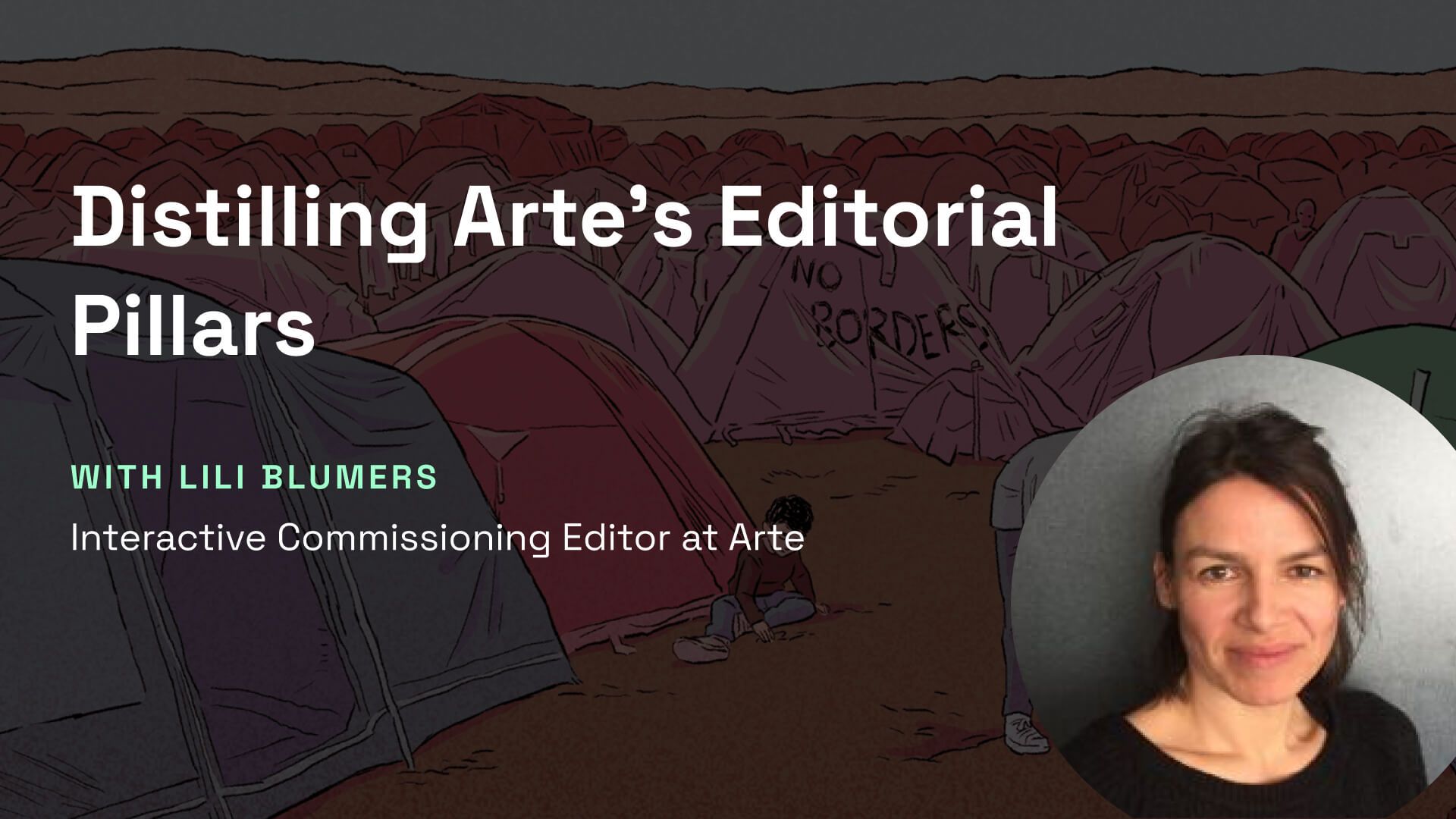Lili Blumers works as a commissioning editor for Arte's digital department, where she's overseen dozens of productions and collaborations. Arte has recently transitioned its digital co-production department to function like a program unit, akin to documentary and scripted fiction units.
Arte's Editorial Pillars and Mission
Arte's editorial approach is grounded on three main pillars:
- Relevance: Projects should resonate with a broad audience, touching on topics relevant to contemporary society. This doesn't mean they have to be overtly serious or political; even introspective or personal themes are welcome.
- Matter for Discussion: Every project should spark dialogue, encouraging audiences to dive deep into discussions and raise critical questions.
- Creative Uniqueness: The narrative identity of the project is vital. Lili emphasizes the importance of the visual identity and narrative voice. Projects should bring something fresh and unique to the table, asking questions like: "Who is telling the story? How is it presented? Is it something novel or a topic that's been overdone?"
The Fourth Pillar: Connection
Projects at Arte are encouraged to include a conversational element, allowing users to interact directly with the content.
Historically rooted in television broadcasting, from the moment when Arte transitioned into the digital realm they sought to harness the unique opportunity the web offers for interactivity. Unlike the one-way communication of traditional TV, the web creates avenues for genuine user engagement. Embracing this shift, Arte ensures that their digital stories aren't just for passive consumption by encouraging active participation.
Collaborating with Arte
Arte's mission transcends commercial pursuits. Their aim is to uplift European independent creators, championing innovation and creativity. Their editorial teams work in close collaboration with studios and storytellers and are open to fresh, compelling visions, ensuring that creative ideas can get the global platform they deserve.
Narrative Development: Questions and Case Studies
Arte's editorial team is very involved at the onset of the production, primarily during the scripting and storyboarding phase. Lili offers a series of questions that creators should consider during narrative development:
- Where is the user in the experience?
- How does the story place the user, and who's the narrator?
- Can the viewer or player impact the story by interacting?
- Is the subject being presented in a unique manner?
- Is it more suitable as a documentary or fiction?
- What role should the user play in the narrative?
- Where do you position the user in the overall experience?
- How does the user's experience connect with the unfolding story?
Balancing Seriousness with Relatability
Lili emphasizes the importance of avoiding narratives that are overly pedantic or excessively serious. While it's crucial to tackle pressing issues and subjects, it's equally vital to present them in a manner that resonates with the audience.
For instance, in "Bury me my love", despite the somber backdrop of a refugee's journey, moments of humor are interwoven, offering a more holistic portrayal of human experiences. Lili believes that for a story to truly connect, it should mirror the multifaceted nature of life – where moments of levity can exist alongside profound challenges. By steering clear of a didactic approach, storytellers can create narratives that are both impactful and approachable, fostering a deeper connection with the audience.
Thoughts on Interaction and Documentaries**
Lili believes that for documentaries, interactivity should be direct and meaningful. It's not merely about providing additional content. There's an implied contract with the user from the outset. If viewers invest effort, they should witness a tangible impact on the narrative, making their journey more immersive and rewarding.
Other Insights
- Trend Towards Longer Content: Lili observes a clear shift towards longer content across various formats, even in VR and on platforms like YouTube. Longer content often results in richer, more in-depth experiences that audiences appreciate. Games should last up to several hours!
- Technical Expertise: One of the challenges Lili highlighted from her projects was finding the right technical partners. Especially in projects like "On the Morning You Wake to the End of the World", achieving the desired visual experience meant collaborating with partners who could meet the exacting standards set by creators. This underscores the importance of not just having a compelling narrative, but also the right technical expertise to bring it to life.
